In March 1993, Kevin Carter took a photo of a starving Sudanese child crawling towards a UN relief camp less than a mile away. A few meters from the weary child stood a vulture, waiting for her death to begin his meal. Birds also must eat, and in southern Sudan they were eating because humans were not. Kevin Carter stood across from the vulture, lit a cigarette, and took his shot. Twenty minutes passed and the bird didn’t move, waiting in its place as the child continued to struggle towards the camp. They say that the child survived, but Kevin Carter didn’t. His photo was published by the New York Times and won the Pulitzer Prize, but Carter committed suicide just weeks later. In his last letter, he wrote, “I am haunted by the vivid memories of killings and corpses and anger and pain, of starving or wounded children … The pain of life overrides the joy to the point that joy does not exist.” Carter was said to have witnessed the survival of the child he photographed, but the photo itself traveled the world, the photo of a child without a name awaiting her death. The child is a symbol for many others, for children that cameras can’t begin to account for, neither by number nor by place, all of them dead or barely living. It appears that this was too much for Carter himself to bear. The photo he took succeeded, against his will, in fabricating an idea of how death takes place. Now, for every report of a child’s starvation, whether in southern Sudan or elsewhere, there is a scenario lodged in the imagination of all who saw Carter’s photo or were moved by it.
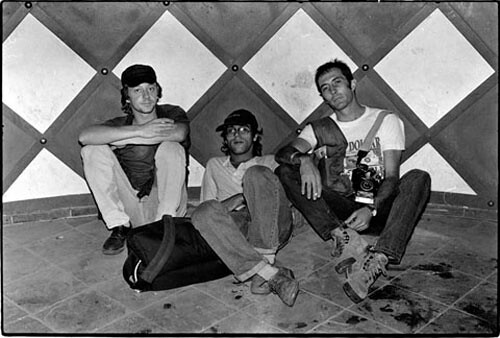

If the naked child in Carter’s photo survived, then she survived not as the child-individual in the photo, but as the image of hunger, as the image of the fate that befell the children of southern Sudan in the early 1990s and not as that of the child that might now be grown, married, or pregnant. Carter had not taken an image of a child, but of a destiny, and for a photographer to realize that he photographed death by starvation as the destiny of the children of Sudan was in itself enough to make life impossible. It is as if he had awakened a giant by producing an image for it. And, still worse, this giant began to devour countless victims and only walked away from the imagination after accomplishing its mission, having fed on enough lives. Images like the one Carter captured create an observable process for death, and the pain that precedes and permeates it, which is difficult for humans to bear even from a geographical distance. It is in this sense that the image creates meaning, and one can say that this one created an expression: those of us who saw the photo and were affected by it are now able to chart the course of death walked by this child. Carter’s photo is an image of the isthmus that separates life from death. It is thus pain imagined, and pain transformed from an individual and private feeling to a shared and public one.
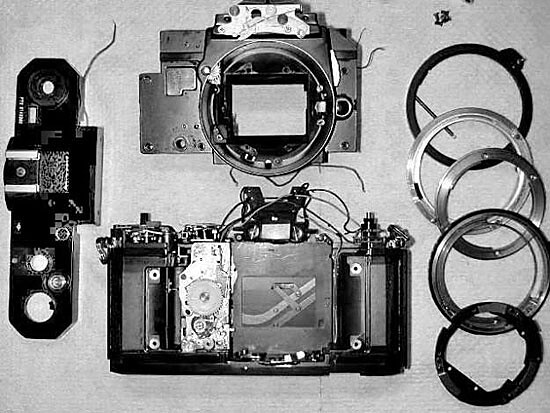

But while Kevin Carter’s photo successfully constructed an expression for one of the more painful courses of modern death, it still didn’t kill any of the Janjaweed murderers, nor did it alter the conduct of Al Bashir’s mobs. Today, seventeen years after Carter’s suicide, Al Bashir is still in power and we still hope that the giant of hunger won’t be awoken again. One can claim based on Carter’s last statement that this image and its likes are an ethical burden on both the individual and collective levels. Kevin Carter was undoubtedly capable of walking back to his hotel to spend the night, tired and anxious, but safe from death. That same night did not bring any expectations of safety to the hungry and vulnerable, for they were hungry day and night, and dying day and night, whereas the photographer who supports them and the journalist who wants to protect their stories will proceed with almost all the tools to shield them from death—money, food, commodities, equipment, and so forth. In this ownership we find what makes the disparity between the supportive journalist and his starving subjects immense and intolerable. Ultimately, these supporters are left to face moral denunciation or suicide, for media around the world choose to ban the broadcasting or publishing of violent or bloody images with the premise that such images might literally be deadly for their viewers. On a collective level, the implications were broader and more comprehensive, for such images compelled many around the world to sooth their wearied consciences by providing donations and charity. But they also unleashed an ethical debate blaming photographers for taking such photos in place of abandoning their work to help the victims. It was as if the world repented for its part in giving birth to the monster that turned a faceless death into an illustrated, observable death—one that can be imagined. What became clear was that the world is determined to know, and is capable of providing some support. However, the world is not yet willing to witness the charting of courses for death or to account for it in precise and pertinent terms. In the following wars and crises, we witnessed death as a pervasive fact but we refused to observe its course of action. We refused to look because, under the right circumstances, we would possess the means to stop it from reaching its natural end. With such images, the world came to realize that some death, and perhaps most of it, can be avoided, but what prevents us from saving some of those who die is precisely our chronic addiction to caring for our daily affairs and small concerns. We are unable to disregard our jobs or overlook our morning coffee in order to go save the starving from death and prevent the killers from killing. One final issue concerns the place of the spectator in the equation of the murderer and the victim. In the era of contemporary images, the spectator is no longer capable of sympathizing with the killer. Rather, one is now more willing to identify with the victims. Given a choice between taking the place of the victim or that of the killer, anyone would choose the former without hesitation. The worst nightmare is to be put in the place of Abu Musab al-Zarqawi while slaughtering Nick Berg. Images such as these have buried historical heroes—Hercules, Hannibal, and Napoleon have in some sense become murderers, terrorists, or Zarqawists. Nevertheless, the clarity in choosing to side with the victim has not bridged the painful distance between the victims of death and their spectators. Perhaps it has made this distance wider by encouraging people to evade such difficult tests. Thus, while we watched events in Iraq, Lebanon, Gaza, Haiti, and Iran on our screens, the people in those places were only able to watch their own deaths through the same media. And when circumstances became worse, the fragile media networks became incapable of reaching those in the worst affected areas, which is to say that the people of south Lebanon could not watch their death on-screen as easily as the French and Portuguese could. If they had a chance to watch their own death, it was through the same media as the French, Americans, or Portuguese, effectively making their own death less personal, given that they were still alive to witness it. Here we have what is primarily a separation of the dead from the living at the moment of death: those who watch CNN are survivors, while those who don’t are either dead or potentially dead.
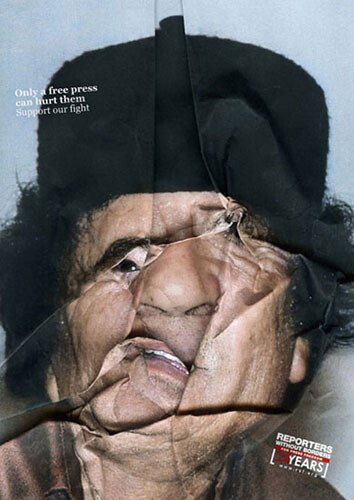

During wars and crises, the leading broadcasters regularly create an image of death that goes beyond mere burial to acquire an afterlife of stories, opinions, or even policies—as was the case after the New York attacks, when the victims wanted additional proof that they were victims. Accordingly, the American administration, impelled by the contagion of revenge, engaged the industry of death in Afghanistan, Iraq, and Pakistan to the point where it became expected of the people of Washington and New York to go out on the streets after midnight to celebrate the assassination of Bin Laden. The broadcast image remained dominant during the revolutions throughout the Arab world, from Tunisia to Egypt, Yemen, Bahrain, and Libya. Yet, with the outbreak of the Syrian revolution, it looks as if something major has changed. The revolution in Syria did not confront an authoritarian regime like those of Egypt or Tunisia. Aziz Al-Azmeh has labeled the regime in Syria a nizam mamlouki—a regime (nizam) that sees the people, the land, and everything above or below it, as an unquestionable part of its own exclusive property. In a sense, the Syrian mamlouki regime doesn’t care for the lives in its possession, and therefore finds it simple to punish them with death and starvation. In Daraa, things could not have been more clear: a city is punished by withholding electricity, water, and food, leaving it to choose between dying or yielding. It was a medieval kind of military procedure with no relation to modern times. It is well known that president Bashar al-Assad governs Syria from the memory of his father, the president Hafez al-Assad, who used fighter planes to bombard the city of Hama in 1982, executing a massacre with no modern parallel other than the massacre of Hiroshima. For Bashar al-Assad to govern from the memory of his father is somehow explainable, but if that memory is to be so obsolete and defunct as we have seen most recently in the actions of the Syrian security forces, then the invitations to coexist with the regime necessarily become irrelevant. Consequently, the equation created by the Syrian rebels, with their profound modernity, defeats not only Bashar al-Assad, but also the conscience of a world showing limited support for rebels who die in front of cameras. From the outset of the crisis in Syria, political analysts waited for a demonstration of millions in Damascus so they could begin to anticipate the collapse of the bloody regime. Images of a million demonstrators is itself enough to change the logic of politics in the world, for it is irrefutable evidence that “the people want a change of the regime.” Yet the first weeks passed without a demonstration by millions. There were small demonstrations springing out of unexpected places in many Syrian towns and cities, and they were met by unspeakable violence from the security forces. The toll was modest in terms of numbers, but the rebels demonstrated an audacity that the world has not seen, and is probably not yet willing to see. International television networks and news agencies backed away from showing the images of the blood and torn flesh that protesters shed fearlessly in the face of their oppressor. The excuse was the same: some violent scenes should not be broadcast live, for such images could have undesirable effects on viewers. But the images from Syria are not those that were previously the subject of distaste. They are not the images of Zarqawi, nor the images taken by privileged journalists in southern Sudan. The image-makers of Syria, for the first time in history, simultaneously occupied two enormous roles: the role of the victim and that of hero. The Syrian photographer is a protester, but instead of filming the crowd he films his own personal death. It is a form of suicide against the cameras that spares no one, even if the world’s networks refrain from broadcasting its images. The protester in Syria is simultaneously a victim of bare repression and a historian. A protester who writes history with his own blood, body, and nerves will be a challenge for future historians, but the revolution in Syria has also put the media to a difficult test. Régis Debray has said that the journalist is a dog going following scents, but this precise description does not apply to the Syrian image-maker/protester. The protester there does not resemble the journalist as a vulture attracted by the distant smell of blood. The protester in Syria transforms the security forces into vultures, for they show up wherever the protester is, and begin feeding on bodies. So much for the ordeal of the media and the traditional politics of solidarity.
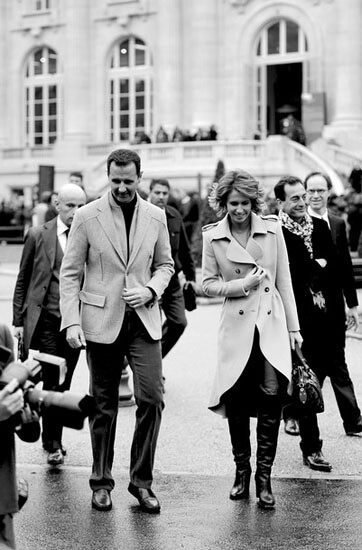

The Syrian bloodshed puts yet another party to a harder and more significant test. One can assert without hesitation that the Syrian protesters defeated all forms of political movement using violence as a means of achieving their goals. The first losers were Osama bin Laden and Abu Musab al-Zarqawi. The Syrian image-maker is not the aggressor like Zarqawi, who used to film himself killing his victims. The video showing the security men in the village of Bayda stepping on the backs of the arrested might be close to this, but it is an exception more than it is the rule. The Syrians broadcasted images of their own death by live bullets, and the slain cannot be blamed for his blood. Still, this image-maker places the spectator in a complex position, for the person who sees these images can no longer risk being on the side of the killer, nor can he or she identify with the helpless victim. The Syrian image confronts the spectator with the impossibility of being Syrian, whether the Syrian is killer or victim. It is more than a spectator can withstand. This is perhaps why the Syrian images did not proliferate, as did those of the Egyptian revolution, for it becomes very difficult to say, “we are all Syrians,” as some would say we are all Palestinians or Egyptians. We are still far from equaling the Syrians in their stature or courage. It is for these reasons that the victory of the Syrian revolution is imminent. If the Syrians were to fail in face of the mamlouki regime, no one in the world would endure this defeat. Since the beginning of the Syrian revolution, the world has had no choice but to side with the repressed.
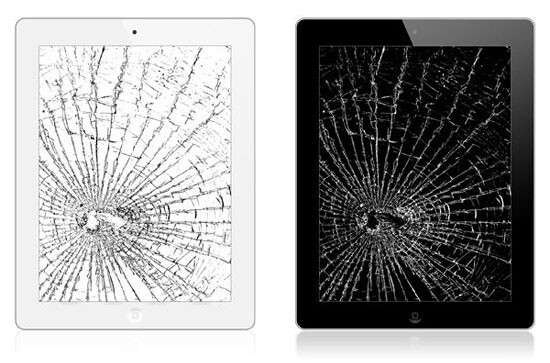

The Tunisians and Egyptians, and before them the Iranians and Lebanese, have struggled to divert the image and the word from familiar paths. Their effort was not the product of an intellectual or conceptual maturity, but a concrete endeavor. These rebels knew that if they didn’t assume control over the processes of interpretation, and if they didn’t announce their manifestos concisely and without embellishment, they wouldn’t be able to shape their own destinies and those of their countries. Some revolutions succeeded and others failed, but the ones that failed were no less exemplary than those that were victorious or that still have hope for victory. Victory in revolution is not a theoretical lesson, for who can assure us that the French or Russian revolutions failed or succeeded? Yet we know that they inspired and effected change, not only in their immediate context but on an international scale. It seems that the eagerness of those rebels to assume control of the meaning of their revolutions was decisive in defining their nature and importance. However, those rebels did not experience the medieval machine of repression facing Libyan and Syrian rebels. The case of Libya is of course different from that of Syria, for the world rushed to condemn Gaddafi and his regime, and this made the theoretical burden on the Libyan rebels less imposing. The Syrians face a regime that hasn’t yet played all its cards, as its Libyan counterpart did. The Syrians want to prove that their affable president is not a reformer, as Hilary Clinton describes him to be, and that the secular regime is not a guardian of minorities as its men like to claim. The Syrian protesters knew, while the rest of the world didn’t, that the moment they chose to go into the streets they would certainly fall into the blind trap of the Ba’athist death. By carrying their cameras and filming their personal deaths they deeply and radically changed the logic of an image that we once recognized from a commentary on an event to an accomplished event in itself. Presumably, this change will continue to trouble the international media. In Egypt, Tunisia, and Iran, the word was the event, but this has always been the case. In Lebanon, the image never reached an event, but in many ways the events became an image. The Lebanese proclaimed that they faced a terrifying machine of repression—the same one that the Syrians now face—but that machine was dismantled early in the course of their revolution. The Lebanese simply waited in front of cameras, showing their willingness to confront the cruelty of repression without its ever having to materialize. In Syria we find the other side of the same equation: there were only a few people compared to the crowds of the other revolutions, but all of them were shot at and all of them were dying in front of cameras that documented their deafening and bloody deaths. The Syrian authorities immediately made it a crime to possess a camera, and they arrested anyone found taking images on a mobile phone. The image that became an event has been strictly Syrian, for no one in the world has produced anything similar. The media, and television networks in particular, can no longer equal what the Syrian rebels have produced. They might have been lucky for having been banned from reporting on Syrian soil.
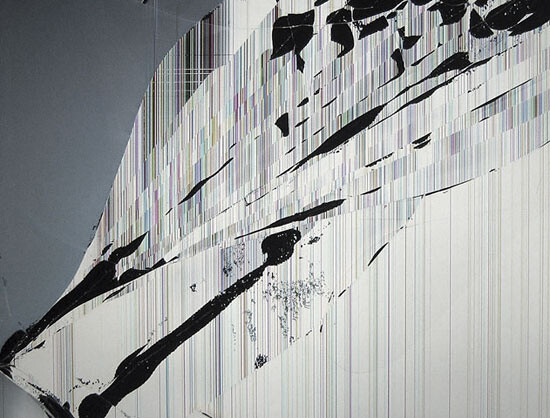

By turning the image into an autonomous event, the Syrian rebels were able to safeguard its meaning. They succeeded in guiding the process of interpretation while they claimed and endorsed the images of their own deaths. From now on, no state, people, or group has a right to tell them what is best for them, or whether their president is a reformer. The Syrian rebels now hold the exclusive right to interpret their own images, for the images are of the event of their death, and it is for this reason they hold the exclusive right to decide the future of their country.
Category
Subject
Translated by Bechara Malkoun and Rebecca Lazar.

